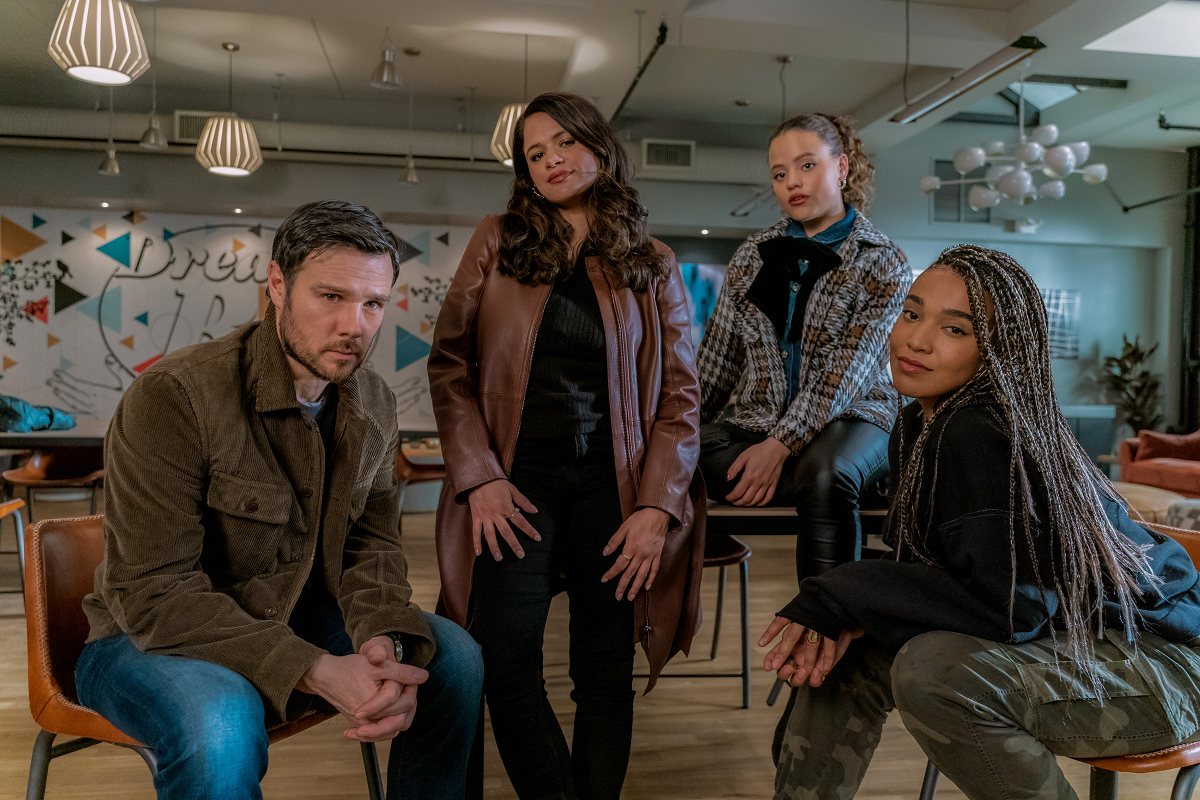Harvard President Claudine Gay, University of Pennsylvania President Liz Magill, and MIT President Sally Kornbluth testified before Congress last week and gave what appeared to be evasive answers when asked whether advocating for the genocide of Jews conflicted with university policy. Their testimony followed statements they made following the Oct. 7 Hamas attack on Israel that seemed ambivalent about whether the massacre of 1,200 civilians was Right or Wrong.
These comments have been widely condemned as at least being tone deaf if not offensive and threatening. The presidents—one of whom has already stepped down—talked about tolerance of different points of view, which is a value not widely embraced on campuses today. Yes, tolerance of different points of view is important, and the Palestinian people have well-founded grievances that need to be heard and understood. But simply asking for tolerance was not enough when we face an important moral question.
Your job as CEO is to clearly express the values of the organization you lead by what you say and what you do. Values are a shared understanding of what your organization is trying to achieve and how it operates. Values are an aspiration in an imperfect world. But, as a leader, you are best positioned to express these values and establish expectations for your community, company, university or country.
Leading any organization is hard work. When we join a company as an employee, we bring different interests, goals, styles, life experiences, and values. But we come together as a “community” to achieve something important—food to eat, transportation, education, toys for kids, global communication, etc. We come together with shared expectations about how we will work with each other and the values our work will express.
The highest priority values at ice cream maker Ben and Jerry’s, Amazon and defense contractor Lockheed Martin are different. Still, the job of their leaders is to express the top priority values and, when needed, to speak about what is Right and what is Wrong within the culture of these companies.
Moments come when a simple statement of what is Right and what is Wrong is required. Speaking on behalf of their university communities, these leaders were asked whether advocating genocide is acceptable in the university community. That was a moment when moral clarity about values was required. The leaders of Harvard, Penn, and MIT should have spoken about Right and Wrong. Purposely killing 1,200 civilians one by one is Wrong. Celebrating killing 1,200 civilians is Wrong. Shouting hatred of Jews, Muslims, Hindus or Christians is Wrong—and particularly Wrong on a university campus.
Preserving open expressions of ideas and sympathy for everyone involved are also relevant values, but a clear condemnation of genocide and large-scale civilian massacres was missing. I am a proud alumnus of both Harvard and Penn, and I believe these presidents failed in their responsibilities to their communities by not saying clearly that massacring civilians was Wrong and advocating for genocide is Wrong.
I hope we can use this moment as a learning experience for ourselves as leaders. Too often, we hesitate to talk about Right and Wrong because someone might be hurt or offended. Speaking about Right and Wrong is both OK and is required. Sexual harassment is Wrong. Aspiring to achieve something great, even if you might fail, is Right. Silence is Wrong when you know something wrong is being done. Because we could get away with it is not a reason for doing something Wrong. Working to be the best at doing your job is Right. Setting low expectations for yourself and for others is Wrong.
Think about what is Right and Wrong in the values of your organization. What expectations for shared values must you keep before your community? When are the moments when you must be clear about Right and Wrong?
The post Right And Wrong: A Leader’s Imperative appeared first on ChiefExecutive.net.
























































![Key Metrics for Social Media Marketing [Infographic] Key Metrics for Social Media Marketing [Infographic]](https://www.socialmediatoday.com/imgproxy/nP1lliSbrTbUmhFV6RdAz9qJZFvsstq3IG6orLUMMls/g:ce/rs:fit:770:435/bG9jYWw6Ly8vZGl2ZWltYWdlL3NvY2lhbF9tZWRpYV9yb2lfaW5vZ3JhcGhpYzIucG5n.webp)

















